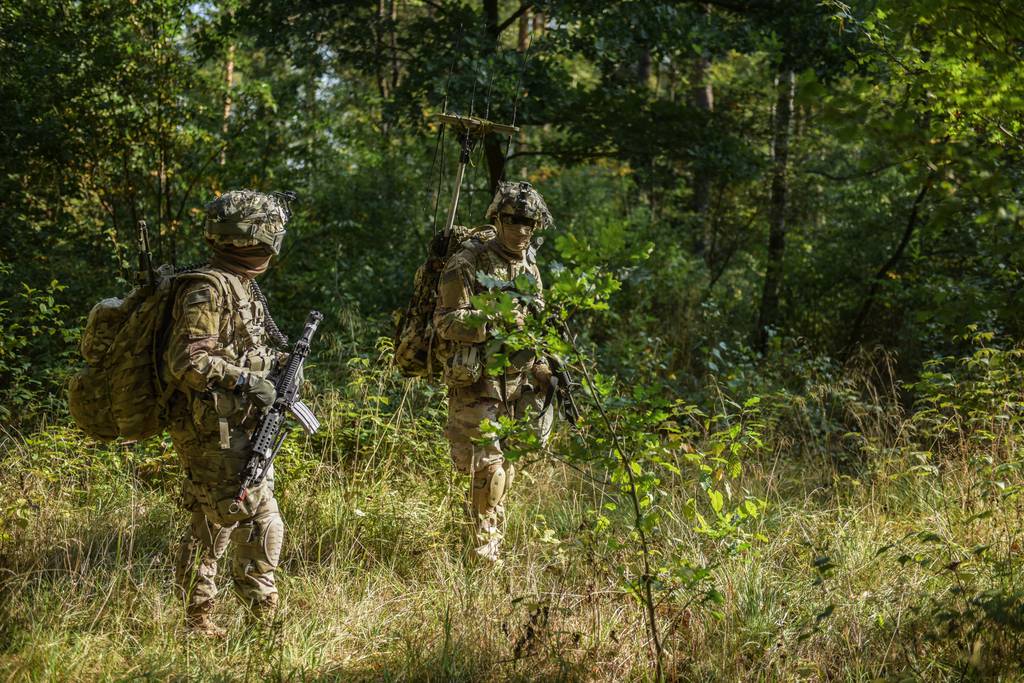WASHINGTON — The U.S. Army plans to bundle existing signals-intelligence technologies already employed by commanders into a program of record in fiscal 2025.
By doing so, the service hopes to more effectively sustain and modernize the so-called Theater SIGINT System, or TSIGS, officials involved with the effort said Dec. 5. The overall system is a collection of products that were quickly developed and deployed to counter pressing concerns; a less piecemeal approach is expected moving forward.
“It’s a conglomeration of existing capability that is out in the field today supporting theater intelligence collection,” Ken Strayer, a project manager at the Program Executive Office for Intelligence, Electronic Warfare and Sensors, or PEO IEW&S, told reporters. “These are the systems that have been built, in the quick-reaction capability world, in operation.”
The U.S. Defense Department is reassessing its technology spending and strategies as it pivots away from counterinsurgency operations to confront the global threats of Russia and China. The department is putting a premium on digital weaponry and advanced sensors, including jammers, hacking tools and devices that can quickly cue onto communications.

The Army is also leaning into larger formations, such as the division and corps, to conduct future fighting. The brigade, long relied upon in the Greater Middle East, is not suited for the expansive battles envisioned across Europe or the Indo-Pacific, according to service officials.
The TSIGS bundle is designed to “really provide the tactical commanders, at echelons above corps, with a forward deployable and remotely, or even locally, controlled signals-intelligence system,” Brig. Gen. Ed Barker, the leader of PEO IEW&S, said. “We were designated as the office of primary responsibility for that effort this year.”
The executive office Barker heads up helps build and upgrade everything from reconnaissance payloads to missile-warning suites to biometric tools.
Colin Demarest was a reporter at C4ISRNET, where he covered military networks, cyber and IT. Colin had previously covered the Department of Energy and its National Nuclear Security Administration — namely Cold War cleanup and nuclear weapons development — for a daily newspaper in South Carolina. Colin is also an award-winning photographer.








